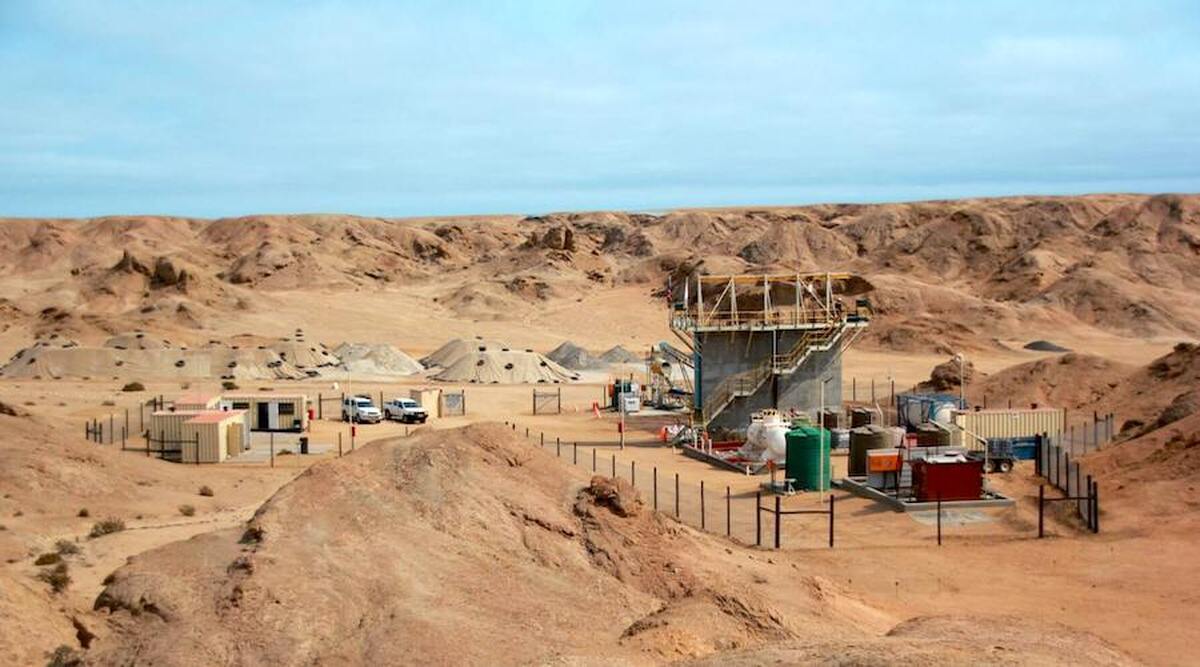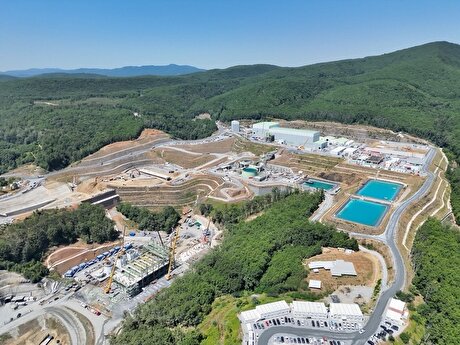
Iran Unveils New Chain of Advanced Centrifuges
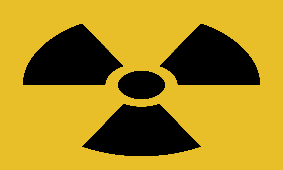
The new chain of homegrown centrifuges was inaugurated by Head of Atomic Energy Organization of Iran (AEOI) Ali Akbar Salehi.
Speaking to reporters at the ceremony, Salehi said the new centrifuge machines are being tested at a section called S8 –a research and development division- before being held in place.
The official also highlighted the great achievements of local nuclear scientists and experts, saying some 15 centrifuges of the new generation have been assembled over the past two months.
According to Salehi, Iran’s uranium enrichment capacity has reached 8,660 SWU (Separative Work Unit).
The daily output of uranium enriched in Iran was around 450 grams before the third step in a phased reduction of the country’s commitments to the 2015 nuclear deal, Salehi said, noting that the output now exceeds 5 kilograms a day.
The nuclear official added that the total number of IR-6 centrifuges spinning in Iran stands at around 60 at present, increasing the uranium enrichment capacity by 600 SWU.
Salehi also explained that the chain of 30 IR-6 centrifuges was not supposed to be unveiled at the present time, but a political challenge convinced Iran’s top authorities to order the inauguration of the chain to display the country’s power and capabilities.
Iran and the Group 5+1 (Russia, China, US, Britain, France, and Germany) on July 14, 2015, reached a conclusion over the text of the nuclear deal.
The accord took effect in January 2016 and was supposed to terminate all nuclear-related sanctions against Iran all at once, but its implementation was hampered by the US policies and its eventual withdrawal from the deal.
In May 2018, US President Donald Trump pulled his country out of the nuclear accord.
Following the US withdrawal, Iran and the remaining parties launched talks to save the deal.
However, the EU’s failure to ensure Iran’s economic interests forced Tehran to stop honoring certain commitments, including an unlimited rise in the stockpile of enriched uranium.
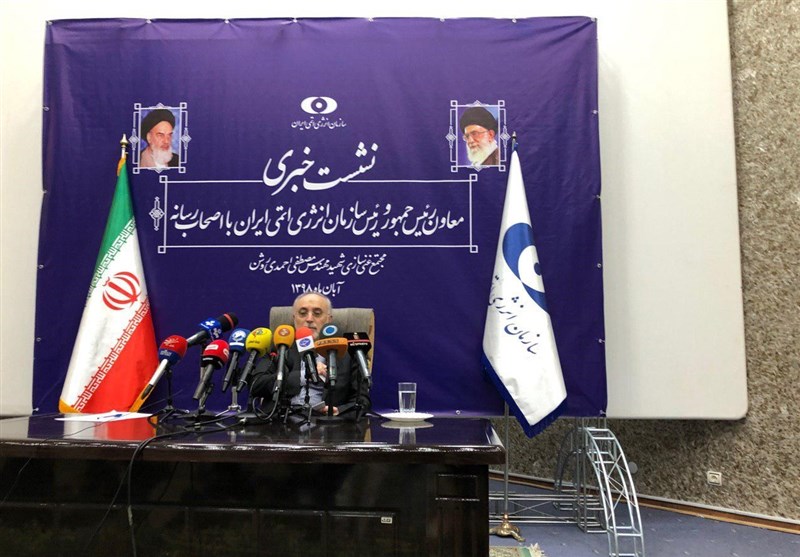

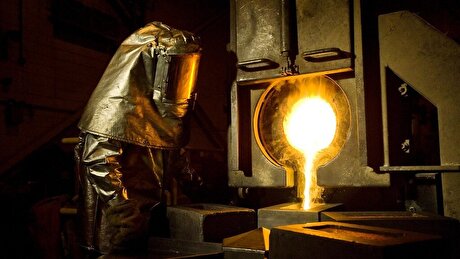
Newmont nets $100M payment related Akyem mine sale

First Quantum scores $1B streaming deal with Royal Gold

Caterpillar sees US tariff hit of up to $1.5 billion this year
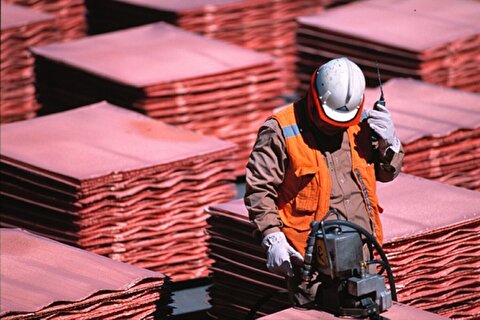
Copper price collapses by 20% as US excludes refined metal from tariffs
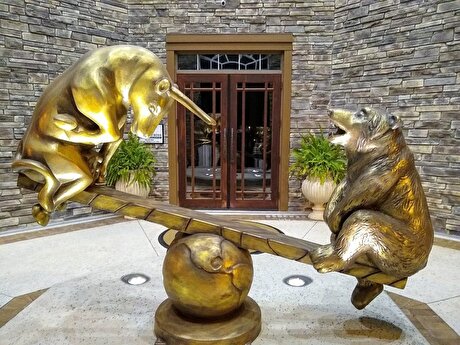
Gold price rebounds nearly 2% on US payrolls data

St Augustine PFS confirms ‘world-class’ potential of Kingking project with $4.2B value
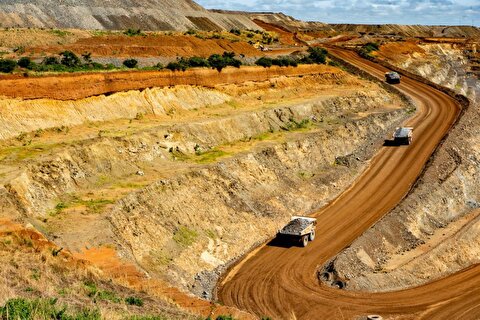
B2Gold gets Mali nod to start underground mining at Fekola
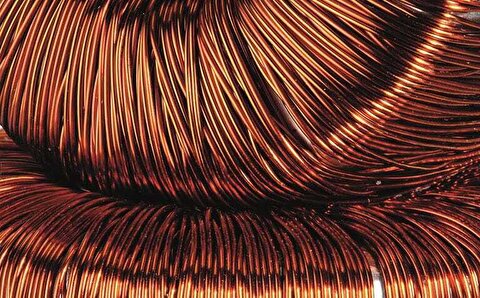
Copper price posts second weekly drop after Trump’s tariff surprise

Goldman told clients to go long copper a day before price plunge
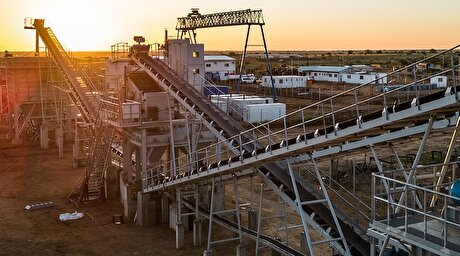
NextSource soars on Mitsubishi Chemical offtake deal

Copper price slips as unwinding of tariff trade boosts LME stockpiles

SAIL Bhilai Steel relies on Danieli proprietary technology to expand plate mill portfolio to higher steel grades

Alba Discloses its Financial Results for the Second Quarter and H1 of 2025
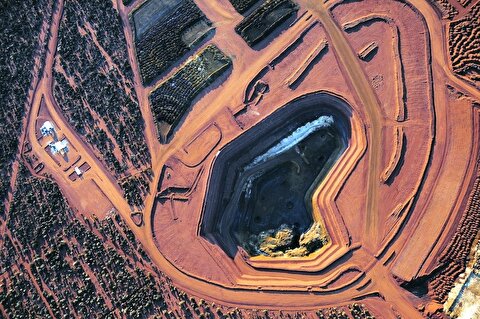
Australia weighs price floor for critical minerals, boosting rare earth miners

Australia pledges $87M to rescue Trafigura’s Nyrstar smelters in critical minerals push

Fresnillo lifts gold forecast on strong first-half surge

Why did copper escape US tariffs when aluminum did not?
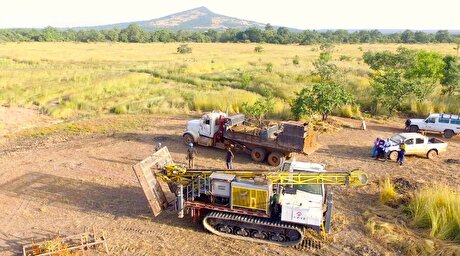
Fortuna rises on improved resource estimate for Senegal gold project

Caterpillar sees US tariff hit of up to $1.5 billion this year

NextSource soars on Mitsubishi Chemical offtake deal

Copper price slips as unwinding of tariff trade boosts LME stockpiles

SAIL Bhilai Steel relies on Danieli proprietary technology to expand plate mill portfolio to higher steel grades

Alba Discloses its Financial Results for the Second Quarter and H1 of 2025

Australia weighs price floor for critical minerals, boosting rare earth miners

Australia pledges $87M to rescue Trafigura’s Nyrstar smelters in critical minerals push

Fresnillo lifts gold forecast on strong first-half surge

Why did copper escape US tariffs when aluminum did not?

Fortuna rises on improved resource estimate for Senegal gold project

